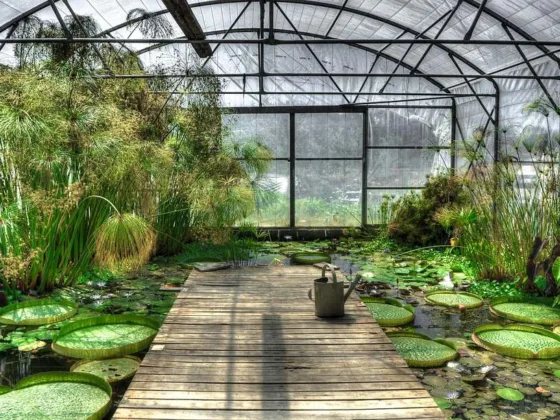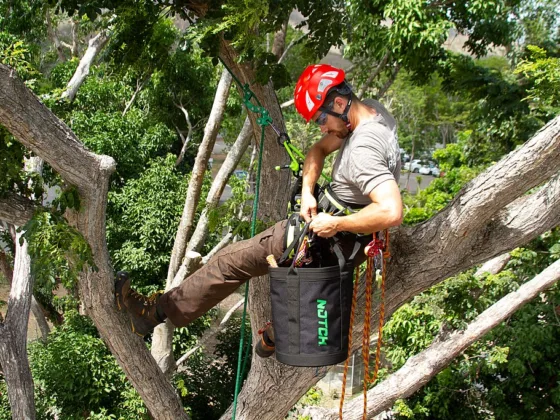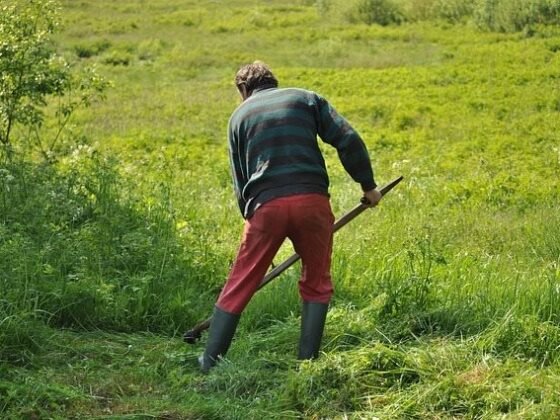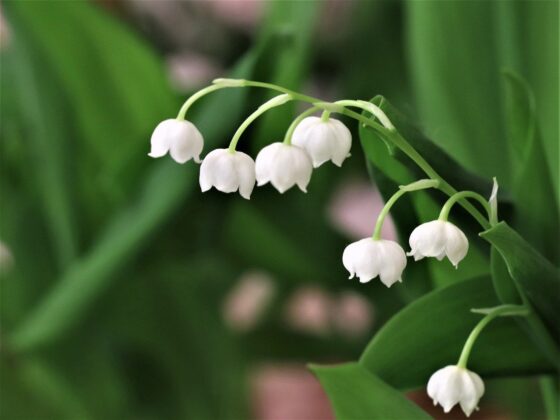Table of Contents Show
Australia is one of the countries in the world where people opt to grow their vegetables at home. As per a study by the Australia Institute, 52% of the entire households plant their food in their backyards.
In Victoria alone, more than half of the households plant vegetables and fruits in the comfort of their gardens. The researchers attributed the high percentage of urban farmers to the temperate weather in the state and a few other areas in the southern part of the country.
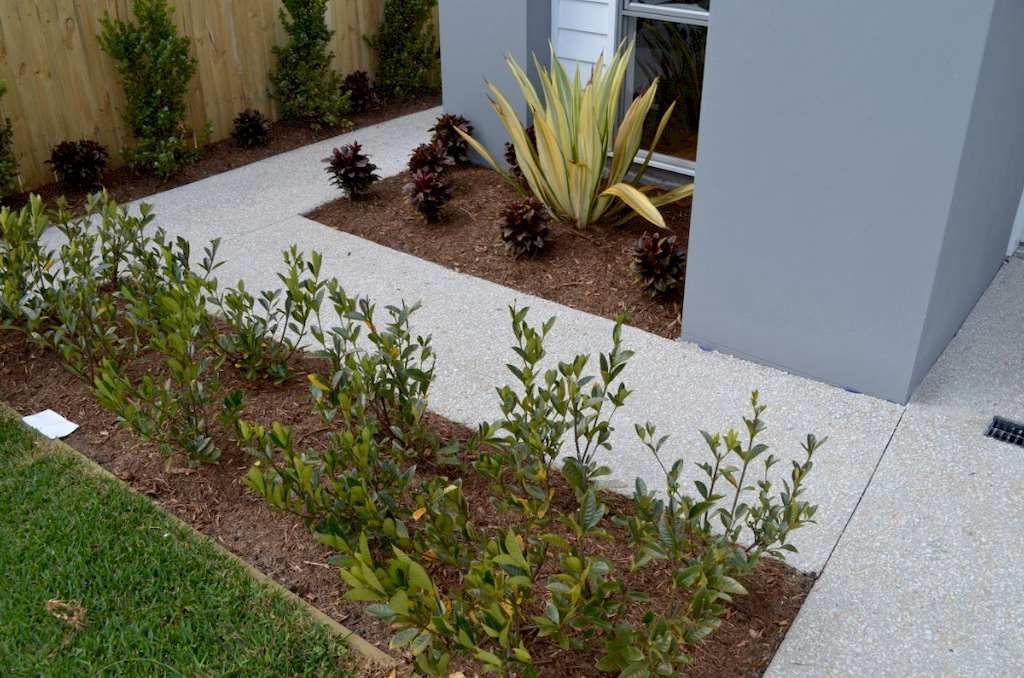
Because of this, more homeowners invest in landscape garden designs, typically featuring concrete in Australia. This practice allows them to put more fruit and vegetable bearing plants.
To help you get the most out of the money that you spent in your new landscaped garden, make sure that you will follow these concrete landscape curbing tips.
Read Also:
Comply With the Curing Period
Before the concrete reaches its full durability and strength, you need to wait until it finishes its slow curing process after installation.
Your landscape artist will provide you with specific instructions about taking care of the concrete, Australian homes usually have at every stage of the concrete pouring process.
During its earliest stages, after pouring the concrete in the vacant lot, you need to protect the concrete from getting exposed to water. It would be best to avoid pouring concrete during the rainy season.
But if you experience a sudden downpour while putting concrete on your garden, you can cover the fresh concrete with a plastic cover to prevent it from getting wet.
You must also turn off your garden’s sprinkler system for at least 24 hours after pouring the concrete.
After the critical 24-hour period, the entire curing process of concrete in landscapes takes place in the next 30 days. Until the whole curing period is over, make sure to avoid hitting it with any hard objects.
Expect Colour Changes
While the concrete cures, you may notice some minor discolouration in different parts of the garden with fresh concrete. Some components may appear splotchy during the first few weeks since the concrete curing time differs.
When this incident happens, you must never clean the blemishes to avoid disturbing the curing process.
Clean the Concrete Regularly
Once the concrete curing process is over, you may begin cleaning the curbing of your concrete garden every time you notice a build-up of dirt in the area.
Usually, you can remove all dirt and debris like leaves or bird droppings by hosing it off with water.
But if the curbing needs more in-depth cleaning, you could scrub it off using a stiff brush along with a cleaning solution to remove all the mould and mildew instantly.
Plan Your Landscape Design Carefully
One of the best advantages of concrete landscape curbing is to allow you to have better weed control. But you must still watch out for any roots from giant trees that may permeate the concrete in the long run.
To avoid this from happening, practice proper spacing when planting new trees that grow in Australian gardens. Each seedling has to be as far away from the curbs as possible so it will not reach the concrete.
These are some of the most critical concrete landscape curbing tips that you need to follow if you want to plant fruit or vegetable bearing trees in your backyard.
It will help you take care of the concrete in your landscaped garden properly while allowing the plants to grow and flourish until you can finally reap the fruits and vegetables from the plants.


